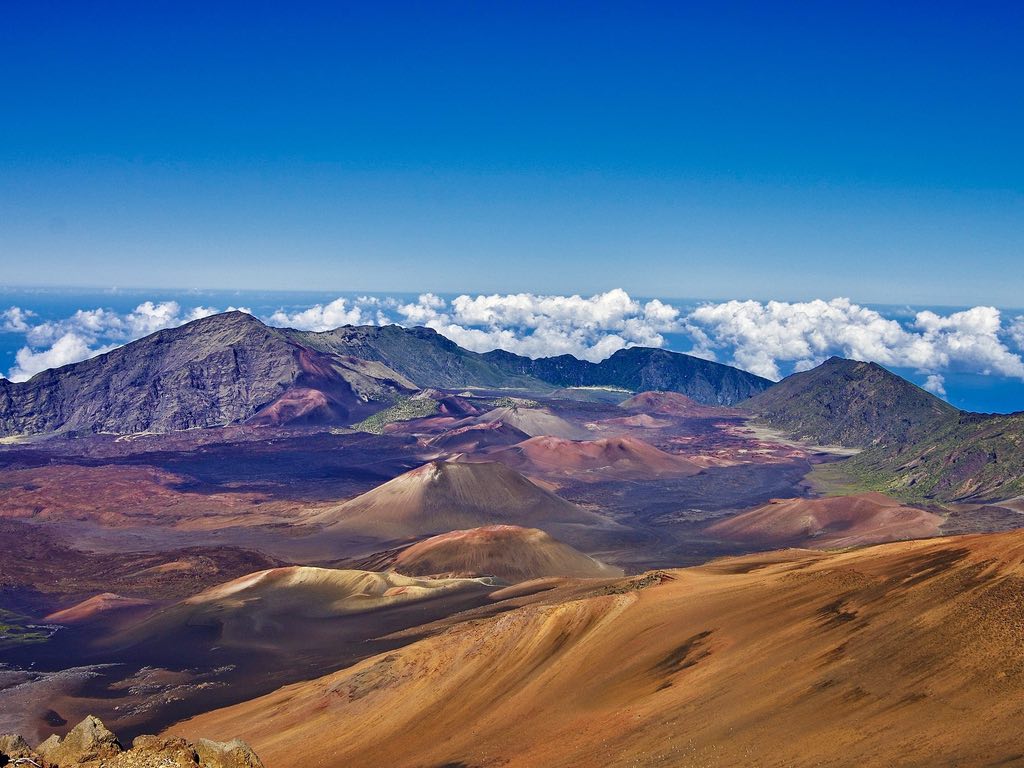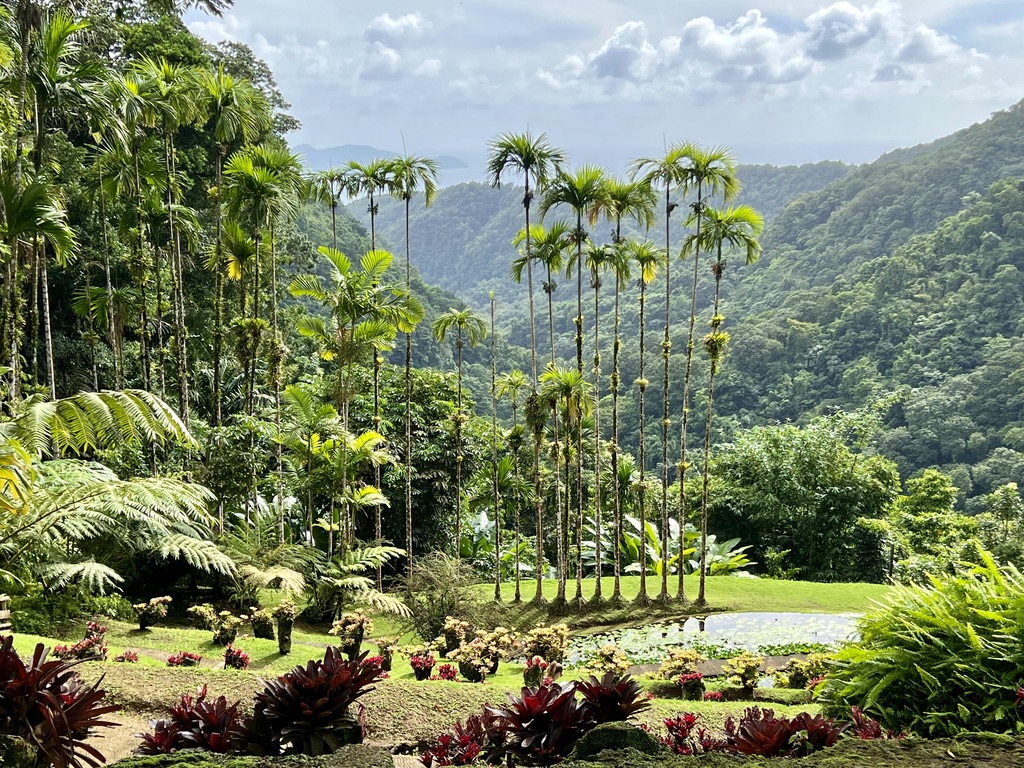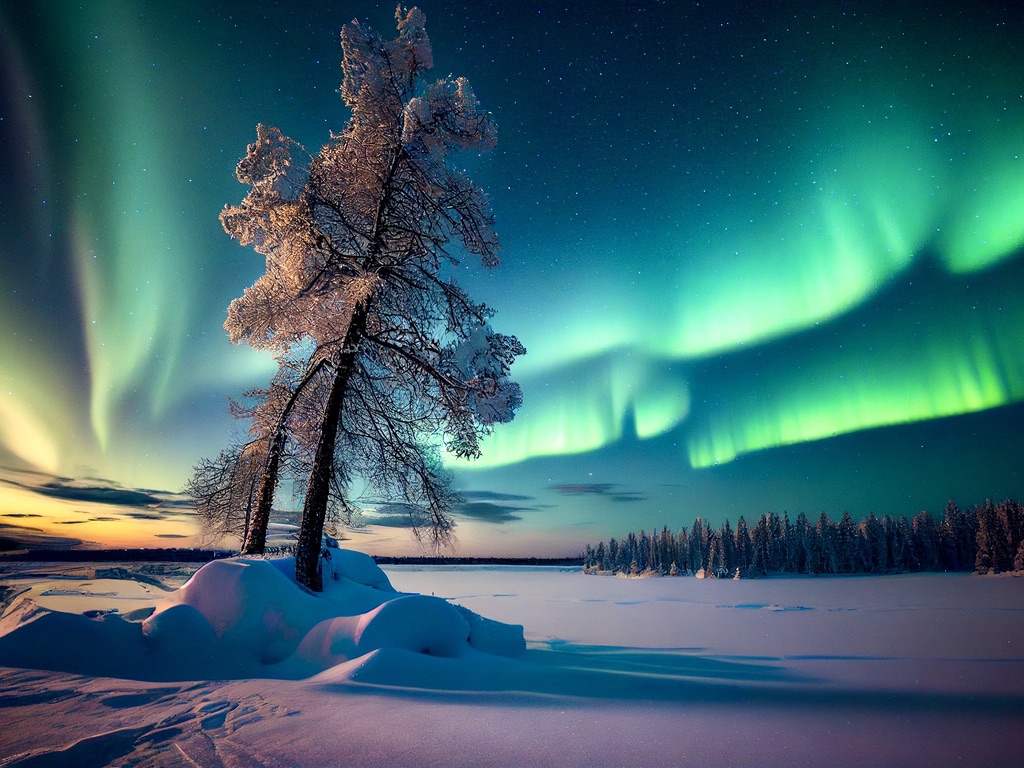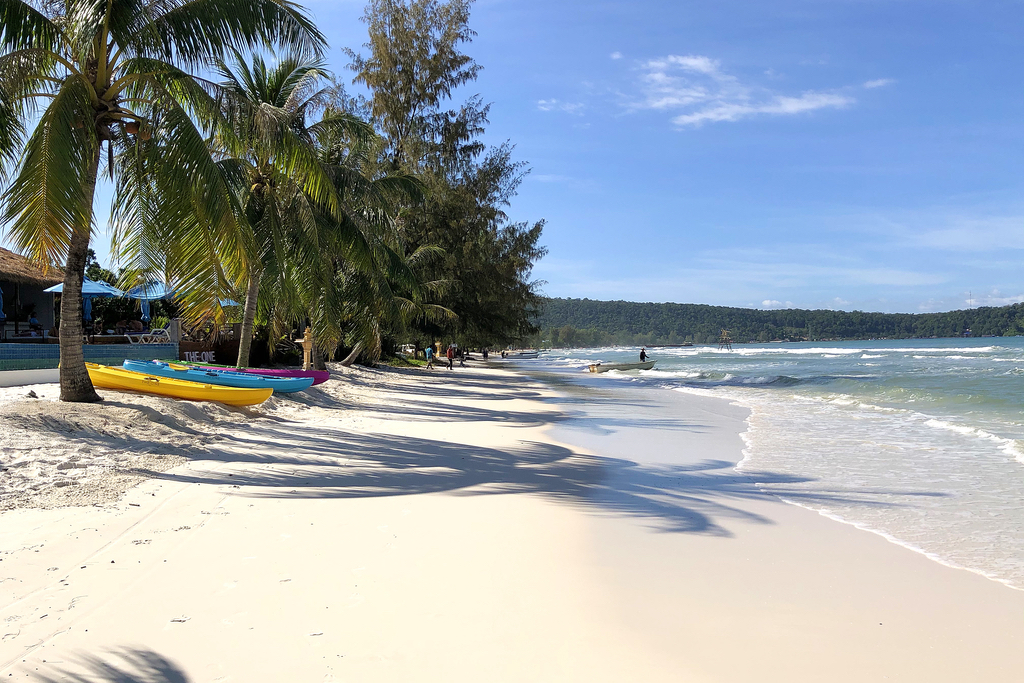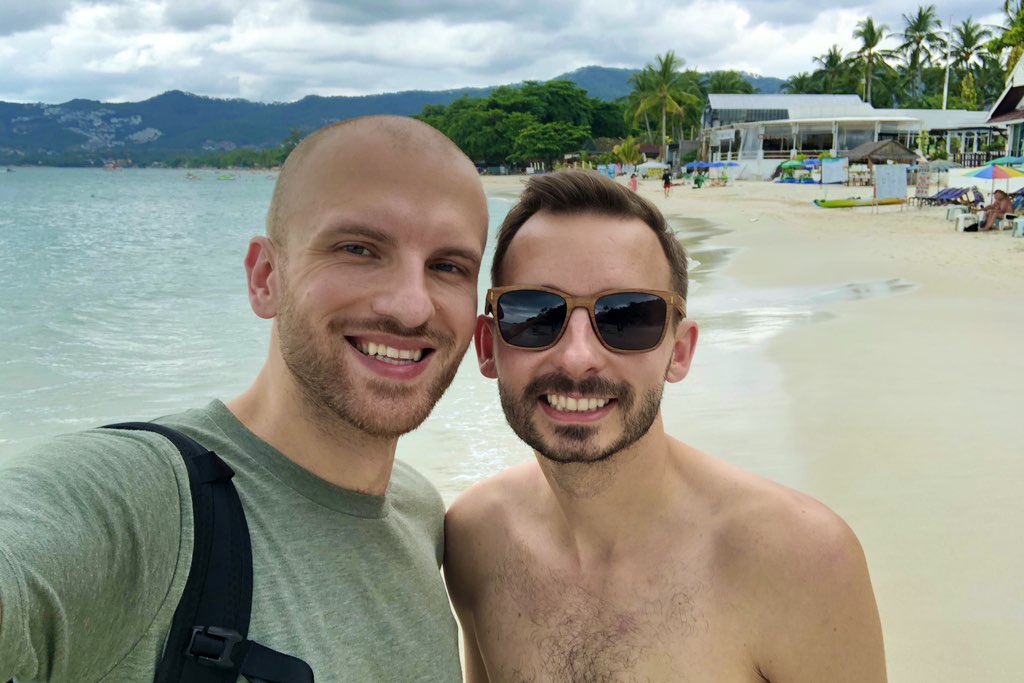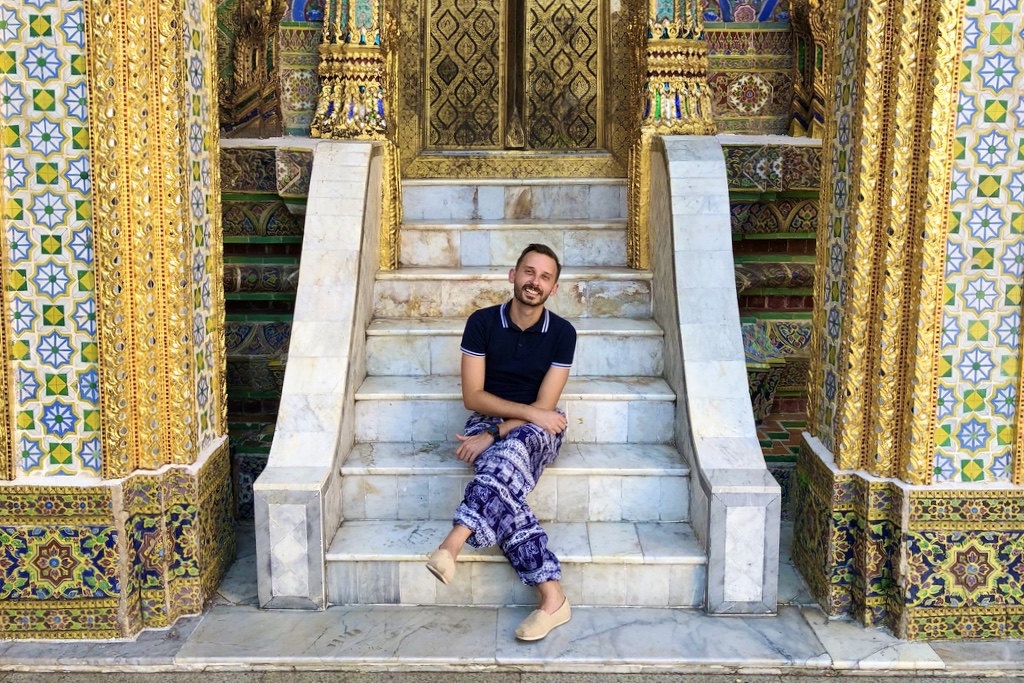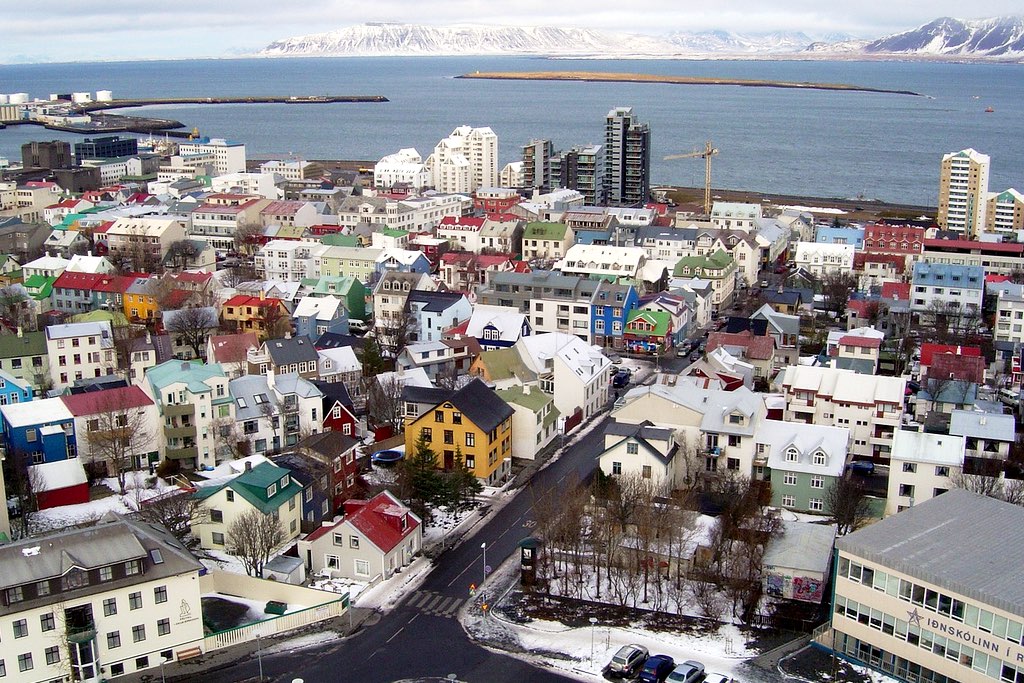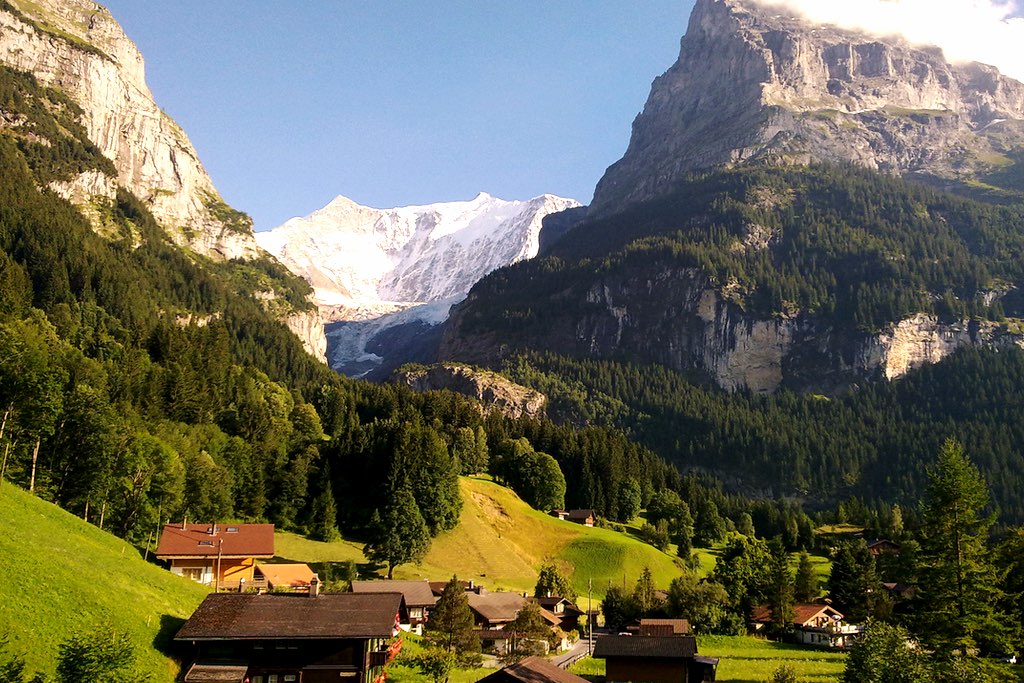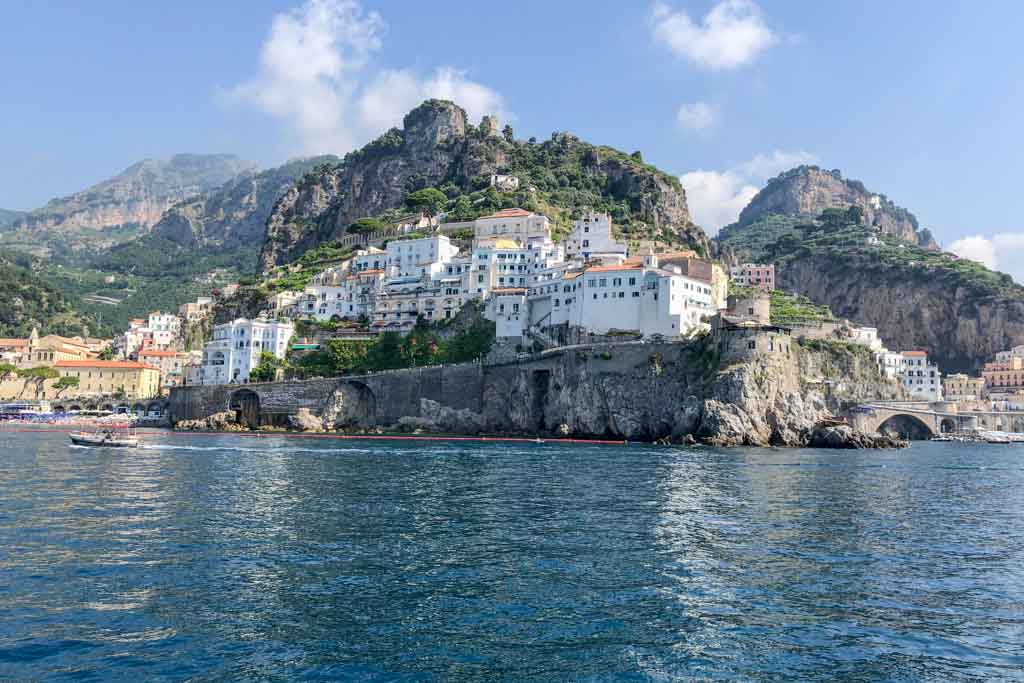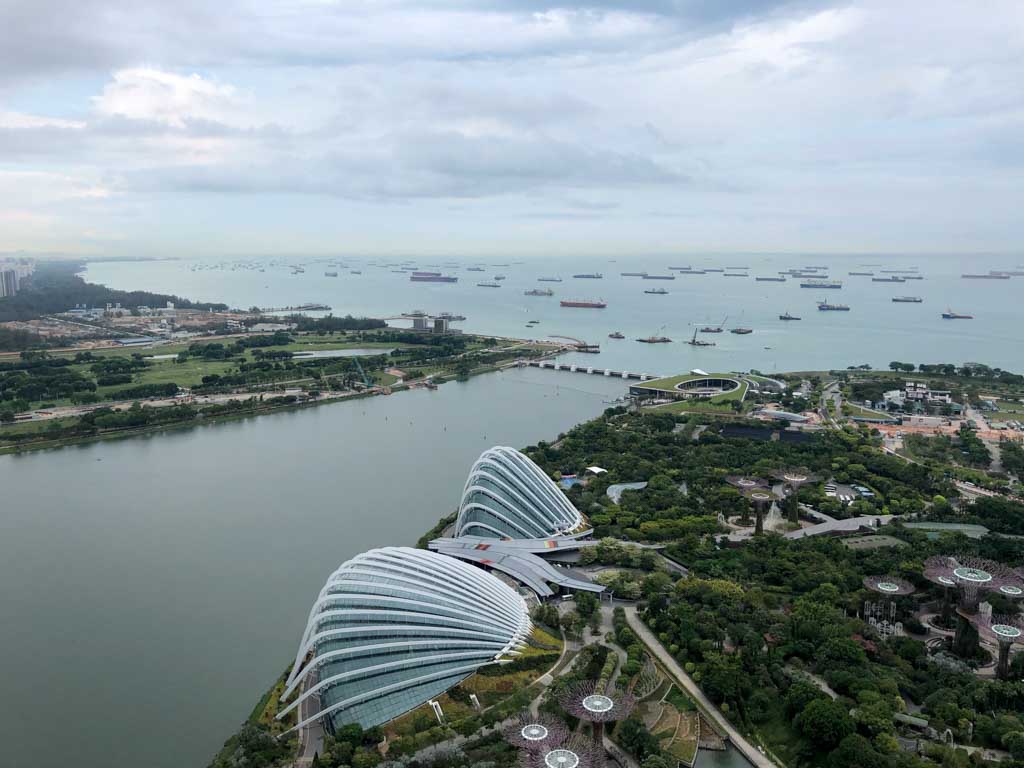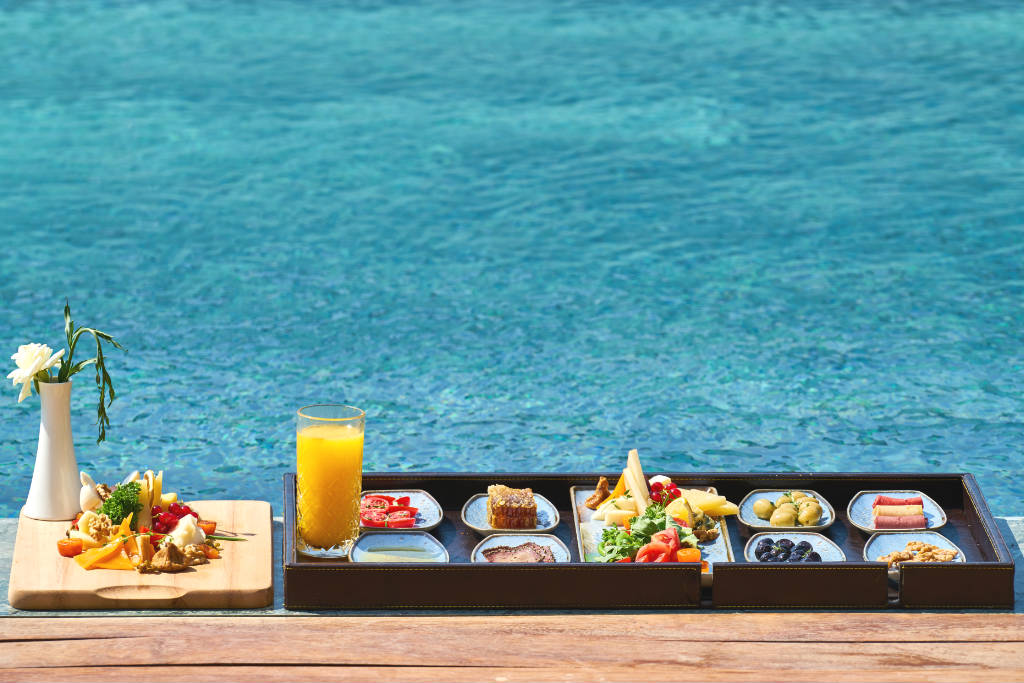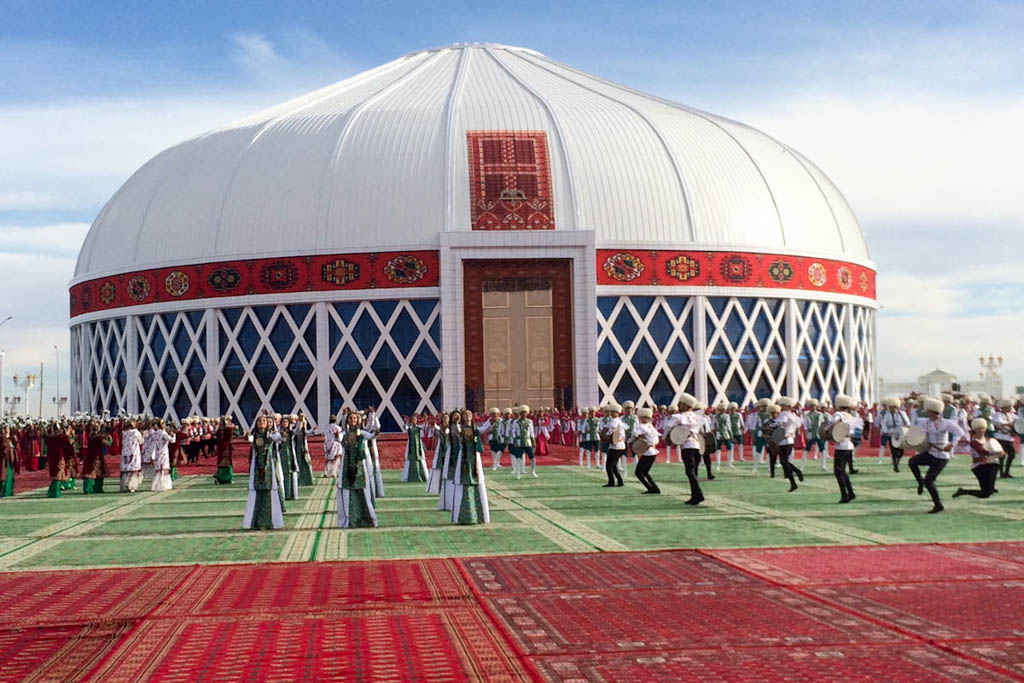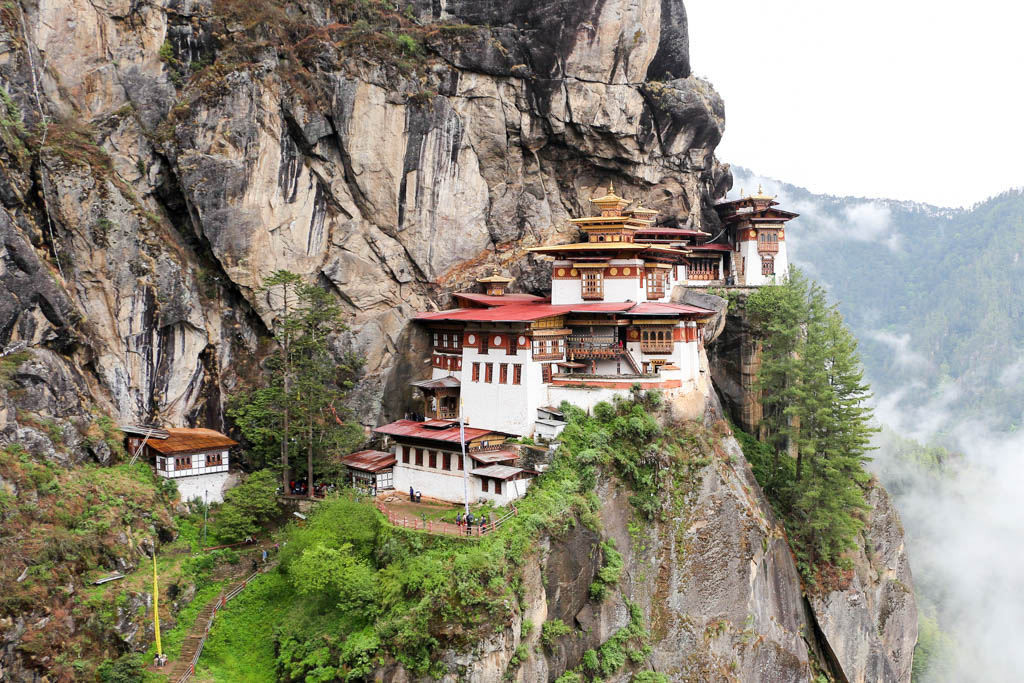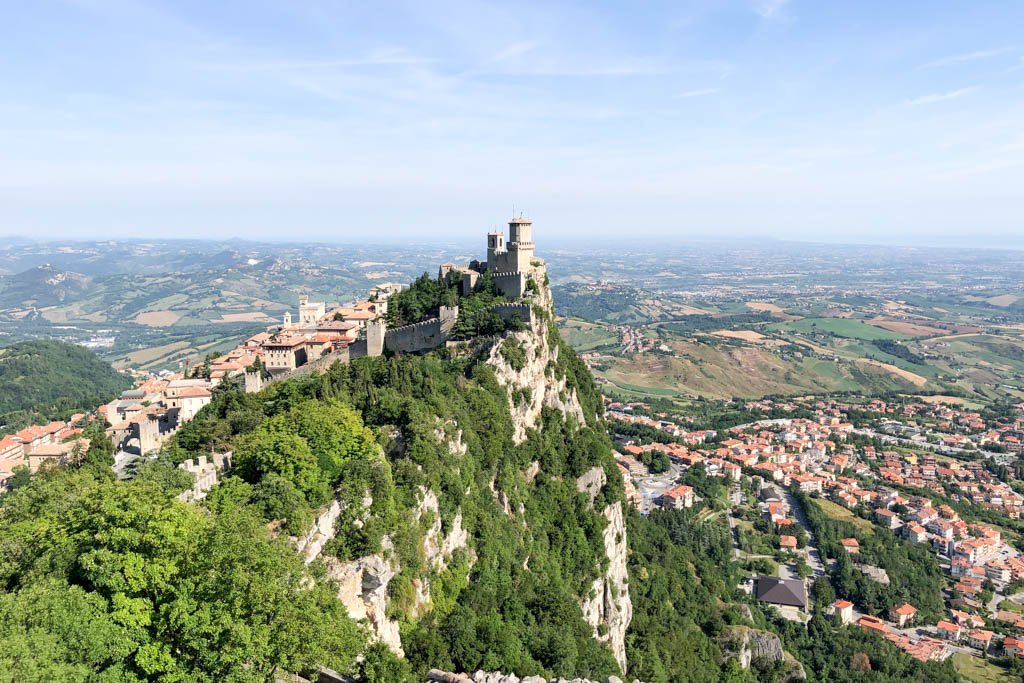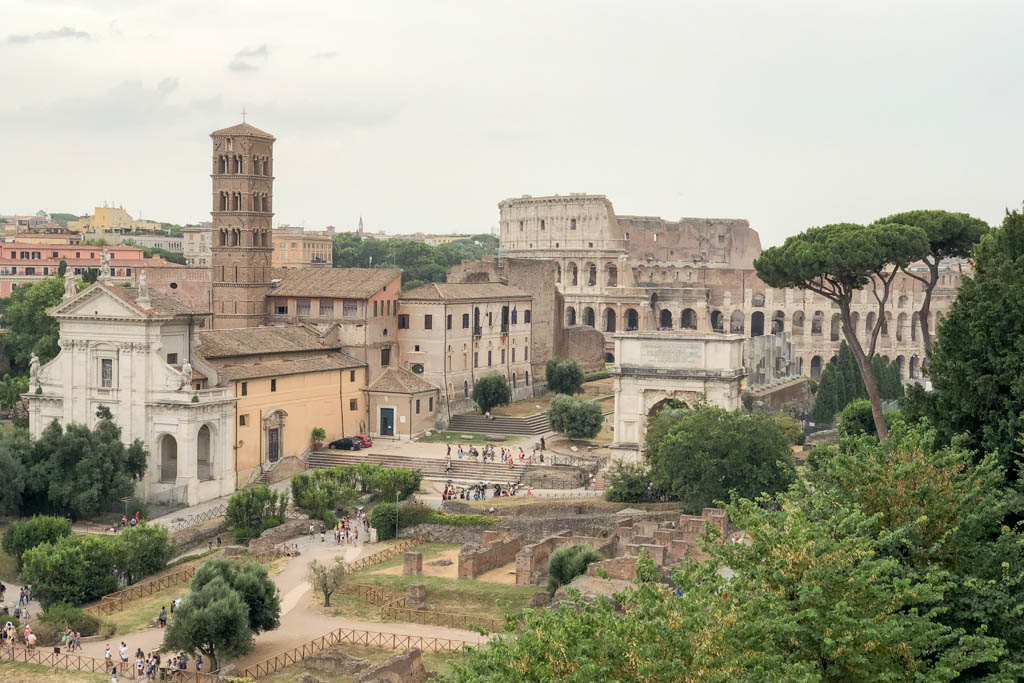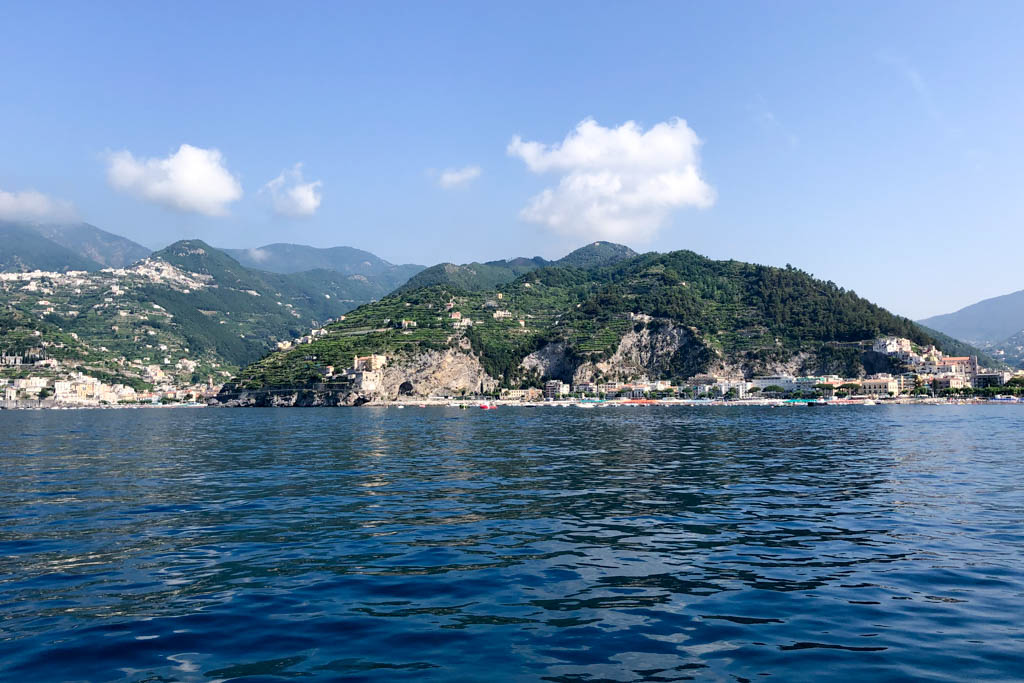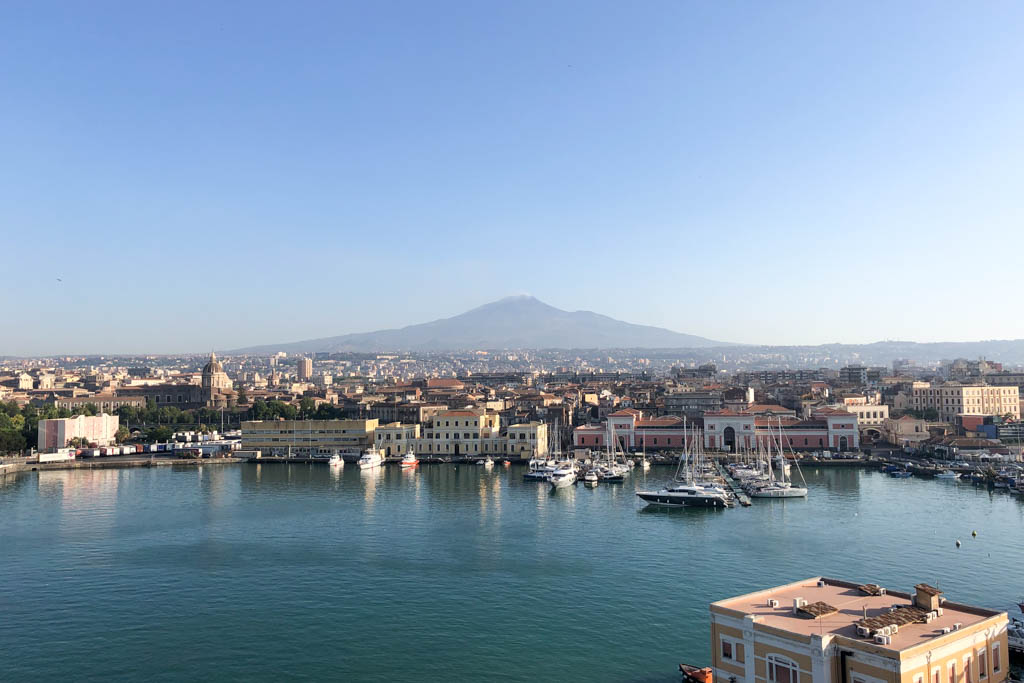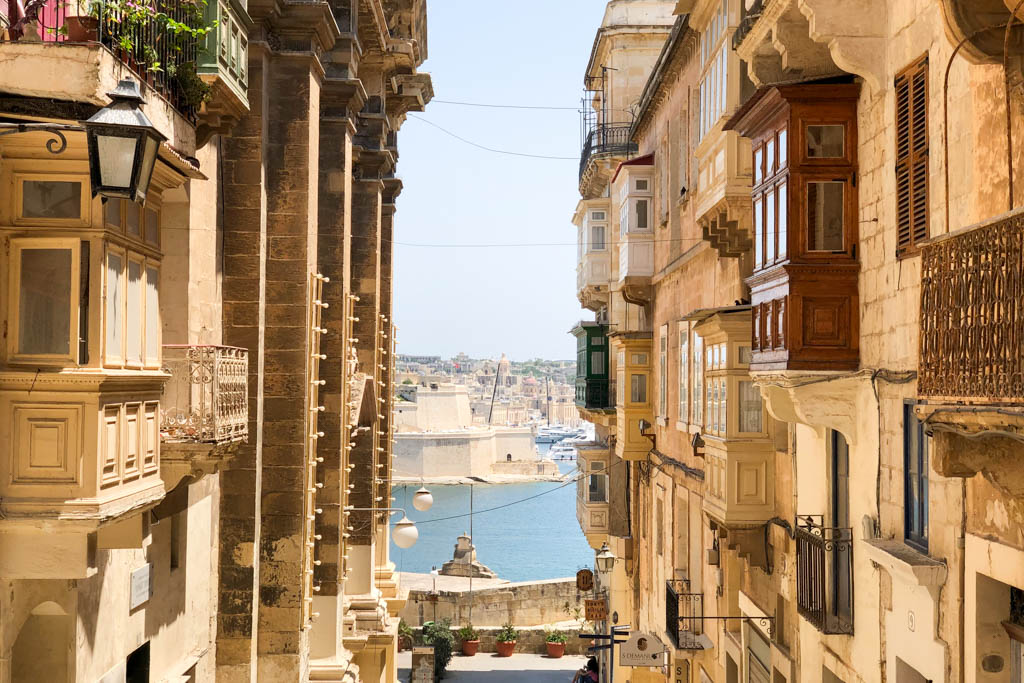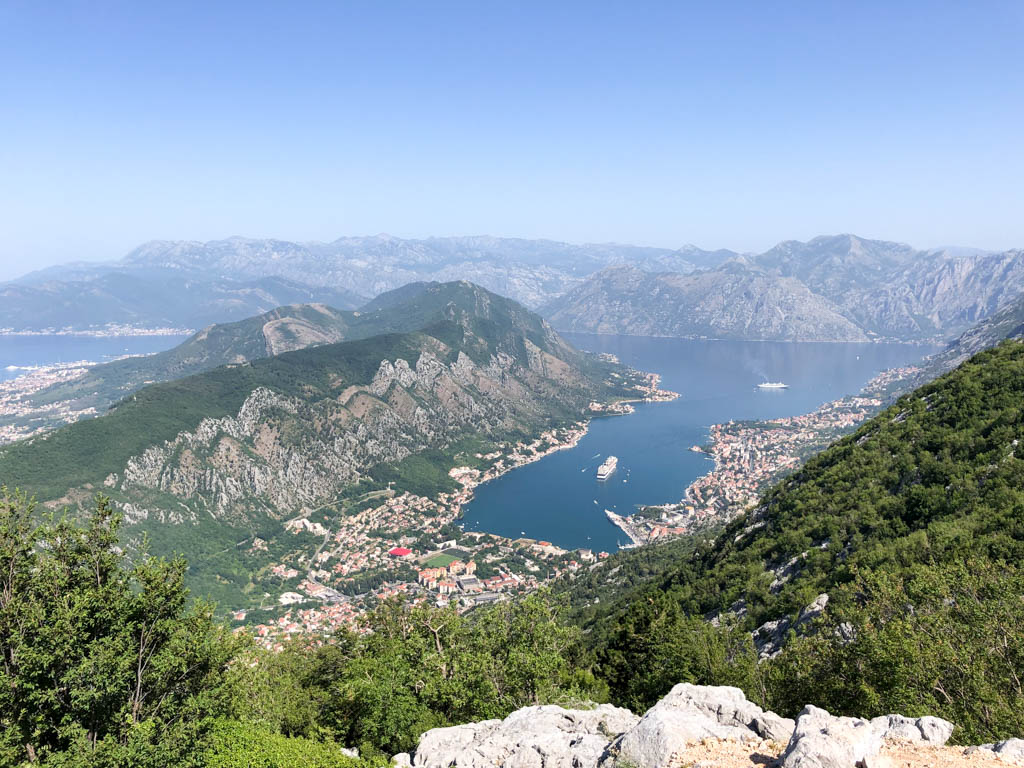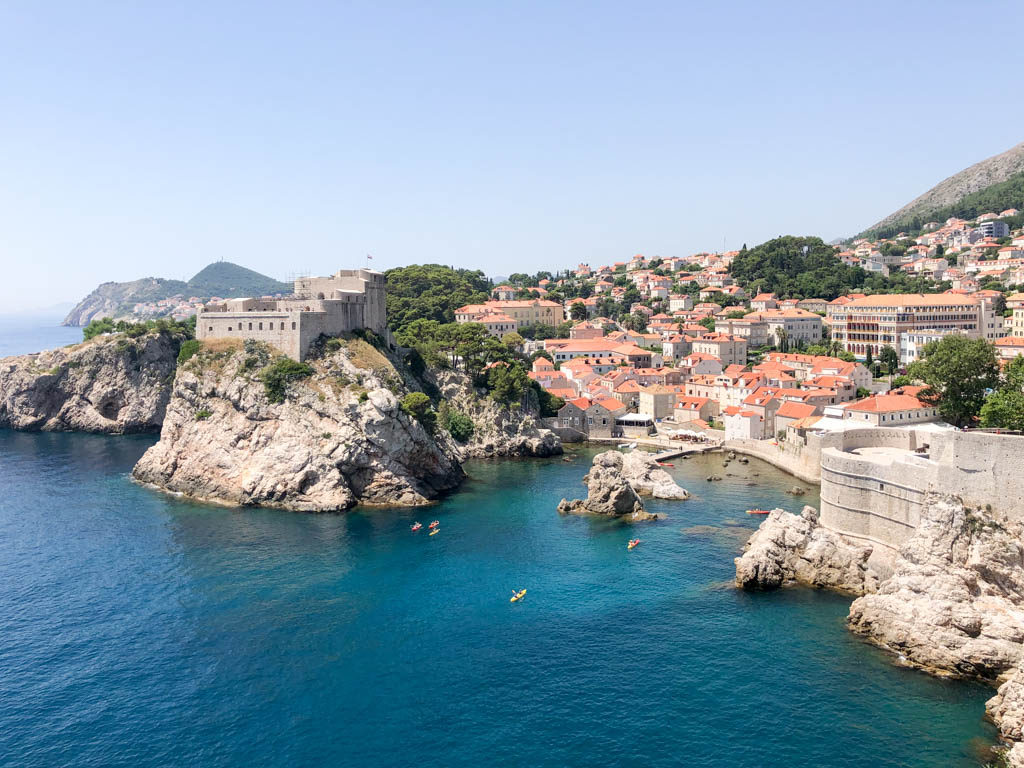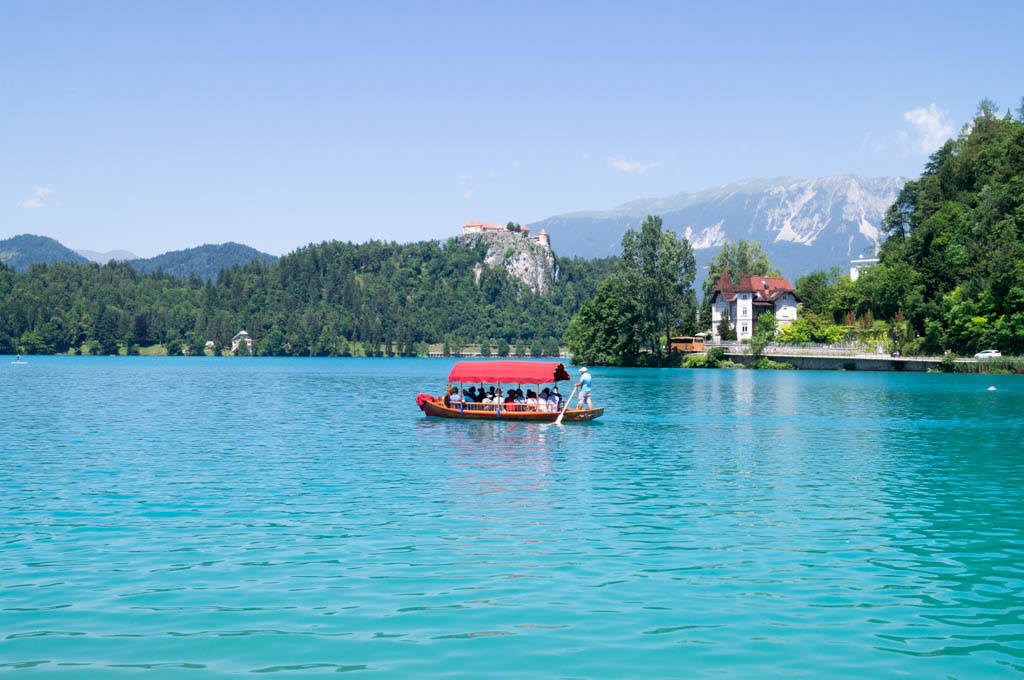In Beijing everything is spread out; from the Birds Nest to the Forbidden City. It takes anywhere between 30 minutes to an hour to get where you need to be if you decide to take the subway. On the day we (traveling with my now ex partner) arrived in Beijing we decided to just do one thing and that was go to the Olympic grounds (as you probably know Beijing hosted the 2008 Olympic Games).
It took us 5 connections on the subway to get to the to grounds (thankfully connections are free). I have never been on a subway where it took me 5 connections to get where I need to go. It’s a little excessive but if you take a look at the map of Beijing you will realize that Beijing is not very well-connected, is massive, and the subway stops are very spread out. Only few of the subway lines connect with one another and there is simply not many connecting stops like you would have in London.
So when we arrived to the Bird Nests area I’m actually genuinely excited to see the grounds after watching the opening ceremonies on television 4 years ago. I love the Olympics and this was a very special venue. The Olympic Stadium, Birds Nest, is impressive and it’s definitely a unique piece of architecture. I did feel like the grounds could use more up keep though. Some of the seats inside looked worn, scratched, etc… and some of the walls definitely needed a new paint job. But overall it was still pretty impressive. Across from the Birds Nest they also have the famous WaterCube where the swimming competitions took place.
There is also an Olympic Pagoda as well as a wall with the names of all the winners of the 2008 Olympics! Kind of cool! And some funky buildings…


I found the grounds massive and we were suffering from the heat… so we decided to call it a day and return to the hotel for some sleep (There is not much to do there but just see the Olympic grounds and see the structures).
So the next day was a trip to the Forbidden City! This was a once in a lifetime event and if you’re in Beijing, it’s a must visit.
The Forbidden City houses some of the oldest buildings in Beijing and that of China. In most Chinese eyes it is considered the center of China and was once locked off from the rest of the world. The Forbidden City is massive and takes at least 4 hours to complete (if you would like to look at everything with a relatively fast pace). There was so much to know so we decided to get some audio guides, which are helpful to understanding what you are looking at while on the grounds (you could hire a guide but they are more expensive and probably don’t speak English that well)!
To get into the Forbidden City we had to pass huge gates after gates until we were near the entrance. Once you pass another pair of gates (The middle gate was once reserved for the Emperor himself) you come out into this huge courtyard.
First off the Forbidden City view takes your breath away. It’s beautiful and everything is so uniformed.
The palace was first constructed around 1406 and was the palace of China for around 500 years. It was home to 24 Emperors until it was taken over by Mao in 1912. In 1925 it was turned into a museum (what we see today and surprisingly most of the religious symbols have been kept).
The Outer Court of the Forbidden City was used for ceremonial purposes while the Inner Court of the grounds was used for the Emperor and his family. Yellow is the color of the Emperor thus almost all roofs in the Forbidden City are yellow glazed tiles.
The palace holds over 50,000 painting and 340,000 ceramics and porcelain. It’s interesting to note that numbers play a part in the buildings and in Chinese sculpture. If the building has 3 or 5 columns then 3 would be a less status building compared to 5. There is only one building that has 10 columns and that is the highest status building, The Hall of Supreme Harmony.
There are some interesting stories that have taken place in the palace, like the time a concubine was drowned in a well out of jealousy (it was the Emperors’ wife)… or the myth of the wall of the 9 Dragons where one of the dragons was made out of wood instead of marble (supposedly the worked broke the original so they had to quickly replace the last dragon.. it’s actually a myth).
The palace has thousands of rooms, each with its own part in serving the emperor. In the center of the ground lies the Emperors Throne. This was considered the center of all China and the most powerful spot on the Earth according to the Chinese.
Other rooms consisted of quarters for concubines, servants, animals, food, etc… The Inner Court is where the daily prayers and “thanks” to the seasons would take place. The Emperor was the only person allowed to walk on the marble that was the center line of the Inner Court (in some of the pictures you can see this marble). This marble was constructed from one piece from a quarry from the north of China (it was dragged on ice during the winter to get to the Palace).
The grounds also have a garden with beautiful trees and flowers. Religion played an important part in Chinese gardens and there are symbols of Buddhism, Shamanism, and Taoism.
For the most part the Forbidden City is a place to take in a view. So as I gave you some light background of the Forbidden City I would like to show you some pictures. Scour some pictures below! (written in June 2012)














2012 Asia Tour
Arriving in Kathmandu | Part Deux
A Scary Flight to Lukla, Nepal
Pingyao | A 2,700 year old City
The Birds Nest to Forbidden City
images by: shawnvoyage


